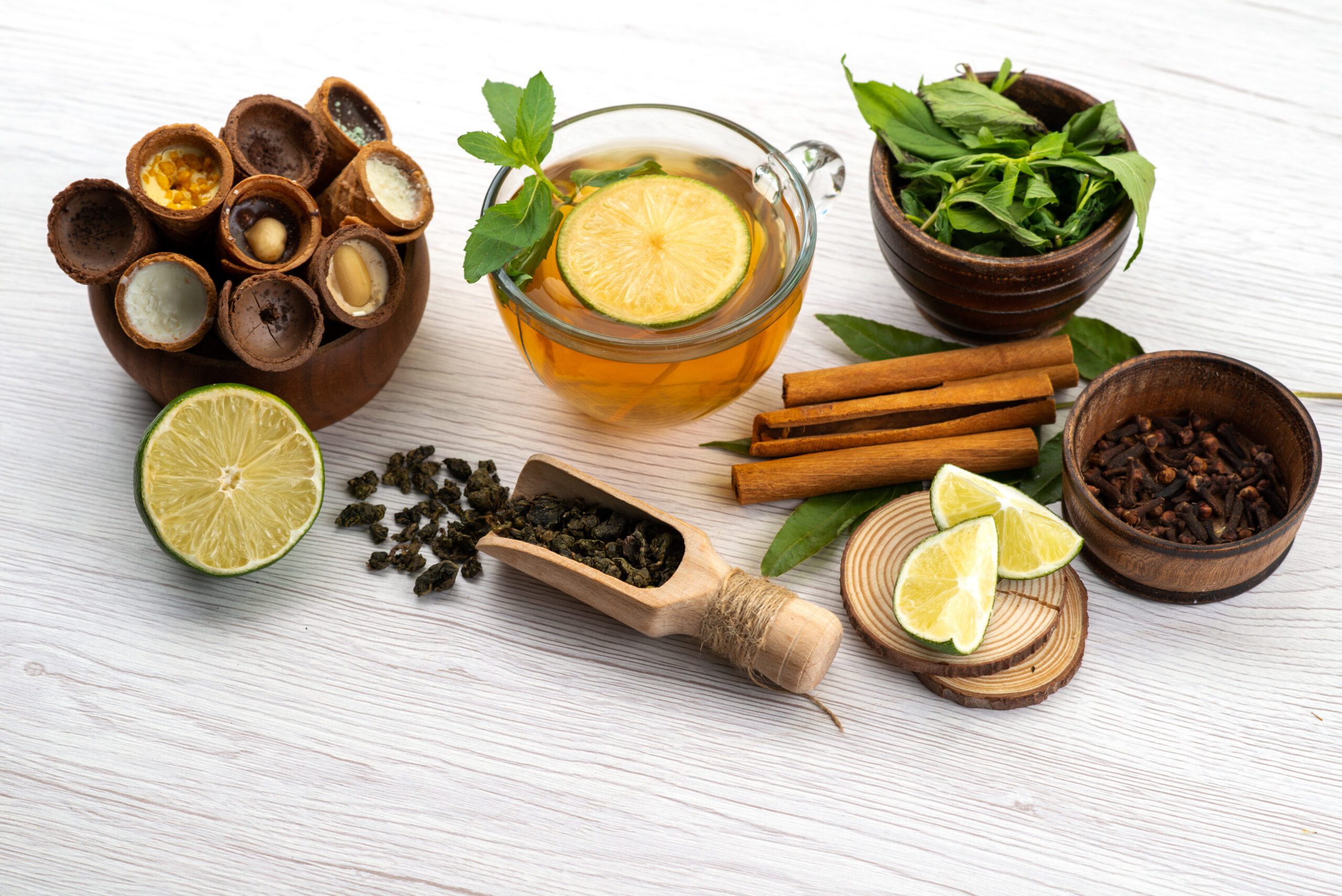Ayurvedic Diet Plan For Fatty Liver
Ayurvedic diet plan for fatty liver include :
-
Include Bitter Foods:
Ayurveda recommends incorporating bitter foods into the diet to help stimulate digestion and support liver function. Examples of bitter foods include bitter gourd, dandelion greens, arugula, kale, and fenugreek.
-
Emphasize Whole Foods:
Focus on consuming whole, unprocessed foods as much as possible. This includes plenty of fruits, vegetables, whole grains, legumes, nuts, and seeds. Choose organic options when available to minimize exposure to pesticides and toxins.
-
Limit Saturated Fats and Trans Fats:
Reduce intake of foods high in saturated fats and trans fats, as these can contribute to liver inflammation and worsen fatty liver disease. Avoid fried foods, processed snacks, fatty meats, and high-fat dairy products.
-
Solid Fats:
Rather than immersed fats, underscore sound fats like those tracked down in avocados, nuts, seeds, and olive oil. These fats can assist with supporting liver wellbeing and lessen irritation.
-
Moderate Protein Admission:
Pick lean wellsprings of protein like fish, skinless poultry, tofu, tempeh, and vegetables. These give fundamental amino acids without extreme soaked fat substance.
-
Limit Added Sugars:
Limit utilization of food sources and refreshments high in added sugars, including sweet beverages, desserts, baked goods, and handled snacks. Overabundance sugar utilization can add to liver fat amassing.
-
Remain Hydrated:
Drink a lot of water over the course of the day to help generally speaking hydration and liver capability. Home grown teas, coconut water, and newly crushed organic product juices can likewise add to liquid admission.
-
Careful Eating:
Pursue careful eating routines, like eating gradually, biting food completely, and focusing on yearning and totality signals. This can assist with forestalling gorging and support sound assimilation.
Yoga Poses for Fatty Liver

While yoga alone may not be a remedy for greasy liver sickness, it tends to be a valuable supplement to a sound way of life, including a reasonable eating routine and standard activity. Yoga can assist with further developing adaptability, diminish pressure, and advance in general prosperity. Here are some yoga represents that might be useful for people with fatty liver infection:
- Mountain Pose (Tadasana):
Improves posture and alignment, supporting better liver function.
- Twisting Poses (e.g., Bharadvajasana):
Stimulate abdominal organs, including the liver. Practice twists mindfully, avoiding over-twisting.
- Seated Forward Bend (Paschimottanasana):
Stretches the spine and stimulates the liver.
- Bridge Pose (Setu Bandhasana):
Strengthens back muscles and enhances blood circulation to abdominal organs.
- Child’s Pose (Balasana):
A relaxing pose to reduce stress, contributing to overall liver health.
- Cobra Pose (Bhujangasana):
Strengthens back muscles and stimulates abdominal organs.
- Downward-Facing Dog (Adho Mukha Svanasana):
Inversion pose improving blood circulation, potentially benefiting the liver.
- Cat-Cow Pose (Marjaryasana-Bitilasana):
Dynamic flow that massages abdominal organs and enhances spinal flexibility.
- Warrior Poses (Virabhadrasana I and II):
Strengthen legs, open chest, and promote better overall circulation.
- Corpse Pose (Savasana):
A final relaxation pose that reduces stress and fosters a sense of calm.
Make sure to rehearse yoga carefully, paying attention to your body, and staying away from represents that cause distress or pain.
References : https://www.dheemahiayur.com/ayurvedic-diet-and-lifestyle-changes-to-cure-fatty-liver/
Ayurvedic diet Plan For Healthy Lifestyle
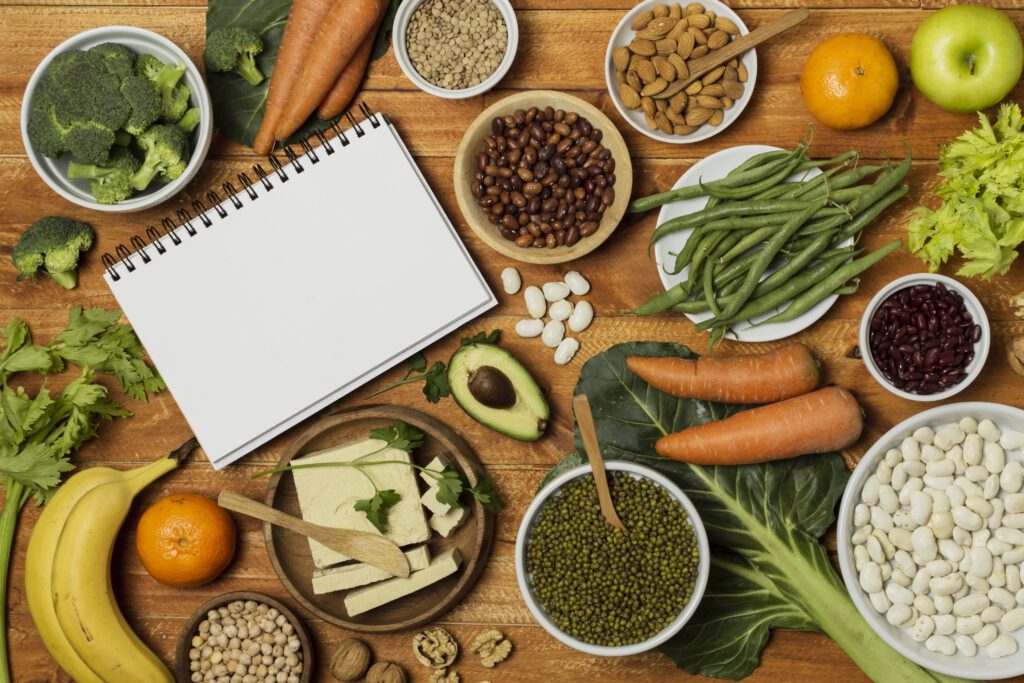
According to ayurveda, wrong eating habits are responsible for almost all health problems.
At the point when you eat off-base or undesirable food sources, gorge, or have unfortunate assimilation, you foster poisons in your body. These poisons are called Ama Dosha in Ayurveda. As indicated by ayurveda, ineffectively processed food varieties are the primary driver, everything being equal. Ama dosha is tacky and weighty. It collects in the body and sticks to different directs in the body and blocks them. It brings about an assortment of medical issue, particularly the diseases of the stomach related framework.
-
Eat According to Your Dosha:
Once you know your dominant dosha, you can follow dietary recommendations that help balance it. Here are some general guidelines:
Vata Dosha:
Focus on warm, cooked, moist, and grounding foods. Include plenty of cooked vegetables, grains like rice and quinoa, warm soups, nuts, seeds, and healthy oils (like ghee or sesame oil). Avoid cold, dry, and raw foods.
Pitta Dosha:
Opt for cooling, hydrating, and mildly spicy foods. Include sweet fruits, leafy greens, cucumber, coconut, dairy (in moderation), and grains like barley and basmati rice. Minimize spicy, hot, and acidic foods.
Kapha Dosha:
Emphasize light, warming, and stimulating foods. Include plenty of cooked vegetables, legumes, whole grains (like millet and buckwheat), bitter greens, and spices like ginger and black pepper. Limit heavy, oily, and sweet foods.
-
Regular Exercise:
Engage in regular physical activity to promote weight management and improve insulin sensitivity. Activities like brisk walking, yoga, and aerobic exercises are beneficial.
-
Individualised Approach:
Ayurvedic treatment is highly personalised. Consult with an Ayurvedic practitioner to create a customised plan based on your unique constitution (dosha) and specific imbalances.
Ayurvedic Diet Plan For High Blood Pressure
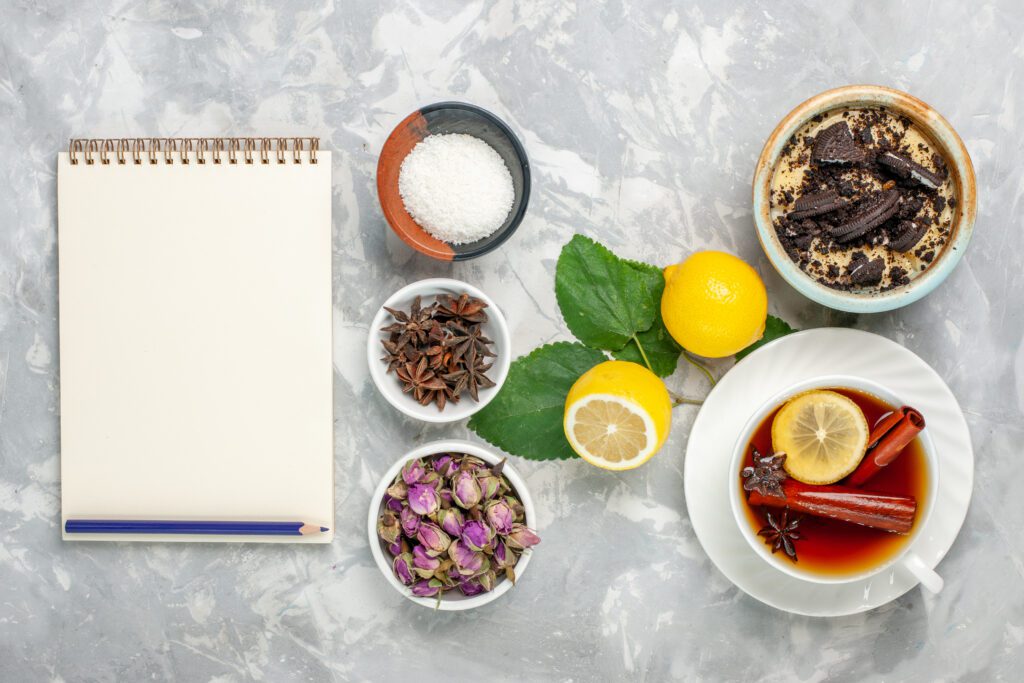
An Ayurvedic diet plan for high blood pressure (hypertension) focuses on balancing the doshas, particularly Pitta and Kapha, which are often associated with hypertension. Here’s a general guideline for an Ayurvedic diet plan for high blood pressure:
-
Lessen Sodium Admission:
Overabundance sodium can add to hypertension. Limit your admission of pungent food sources, handled food varieties, and canned products. All things being equal, utilize normal spices and flavors to enhance your feasts.
-
Accentuate Cooling Food varieties:
Pitta disturbance can demolish hypertension. Remember cooling food sources for your eating routine like sweet organic products (particularly pears, grapes, and melons), salad greens, cucumbers, coconut, and cilantro.
-
Moderate Pitta-Unsettling Food sources:
While it’s vital to adjust Pitta, you don’t have to dispose of Pitta-exasperating food sources altogether. In any case, moderate your admission of hot flavors, acidic food varieties, and acrid natural products like oranges and tomatoes.
-
Favor Whole Foods:
Opt for whole, unprocessed foods as much as possible. Include plenty of fresh fruits, vegetables, whole grains, and lean proteins like lentils, beans, and fish.
-
Stay Hydrated:
Drink plenty of water throughout the day to stay hydrated. You can also include herbal teas like hibiscus tea, which may help lower blood pressure.
-
Avoid Stimulants:
Minimize or avoid stimulants like caffeine and alcohol, as they can raise blood pressure levels.
How To Reduce Blood Pressure Naturally Ayurveda ?
Here Are 4 Ayurvedic Medicines For Reducing Blood Pressure:
-
Amla
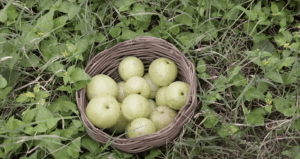
“Amla” alludes to the Indian gooseberry, experimentally known as Phyllanthus emblica. It is a little, sharp organic product local to India and encompassing nations. Amla is uncommonly regarded in standard Ayurvedic prescription for its different clinical benefits. It is abundant in L-ascorbic corrosive, cell fortifications, and various enhancements, making it productive for aiding opposition, further creating digestion, propelling hair improvement, and further developing skin prosperity. Amla is tanked new, dried, or in various dealt with structures like presses, powders, and improvements. It is moreover used in culinary dishes and superbness things.
While amla shows promise in potentially contributing to blood pressure management, more research is needed to fully understand its effects and mechanisms of action in this regard. It’s also important to note that amla should be considered as part of an overall healthy lifestyle and dietary pattern for managing blood pressure.
Read More : https://yogayurvedaa.com/amla-indian-gooseberry-uses-top-10-amazing-health-benefits-side-effects/
-
Ashwagandha
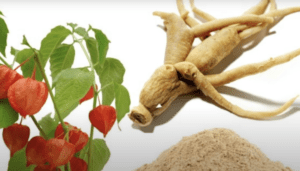
Ashwagandha is one of the most important herbs in Ayurveda, which is a traditional form of alternative medicine based on Indian principles of natural healing. Ashwagandha is considered an adaptogen, meaning it helps the body adapt to stressors and restore balance. It is believed to have a wide range of health benefits, including:
Stress Reduction:
Ashwagandha has been shown to reduce stress and anxiety by lowering cortisol levels, the hormone associated with stress.
Improved Cognitive Function:
Some research suggests that ashwagandha may enhance memory, attention, and cognitive function.
Immune Support:
Ashwagandha has immunomodulatory properties, meaning it can help regulate the immune system and support overall immune function.
Energy and Stamina:
Traditionally, ashwagandha has been used to increase energy, vitality, and stamina, particularly in cases of fatigue and weakness.
Anti-inflammatory Effects:
Ashwagandha contains compounds with anti-inflammatory properties that may help reduce inflammation in the body and alleviate symptoms of inflammatory conditions.
-
Garlic
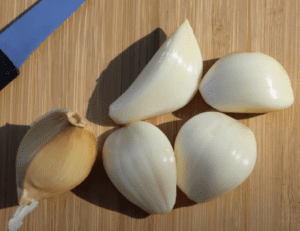
Garlic contains compounds such as allicin, which have been shown to promote the relaxation of blood vessels, leading to vasodilation. This widening of blood vessels can result in improved blood flow and reduced pressure within the arteries.
The Health Benefits of Eating Garlic (Lahsun) are:
Wards Off Cough and Cold:
Raw garlic has the potential to ward off cough and cold infections. Eating two crushed garlic cloves on an empty stomach has the maximum benefit. For kids and babies, hanging garlic cloves in a thread around their necks is supposed to relieve congestion symptoms.
Improves Digestion:
Digestive problems improve with the inclusion of raw garlic in the diet. It benefits the intestines and reduces inflammation. Eating raw garlic helps to clear out intestinal worms. The good thing is that it destroys the bad bacteria and protects the good bacteria in the gut.
Antibacterial and Antiviral Properties:
Garlic has natural antibacterial and antiviral properties. It may help in fighting off infections and supporting the immune system.
Read More : https://yogayurvedaa.com/garlic-uses-and-health-benefits/
-
Honey

Honey is known for its likely clinical benefits, including alleviating sore throats and hacks, propelling injury repairing, and giving cell support and antimicrobial properties. Because of its alleged antibacterial and anti-inflammatory properties, it is typically expected to be used in conventional medicine. While honey is high in normal sugars, it furthermore contains follow proportions of enhancements like supplements B2, B3, B5, B6, and C, as well as minerals lean toward calcium, iron, potassium, and zinc. In any case, it’s fundamental to observe that honey should be consumed with some limitation on account of its high sugar content.
While incorporating honey into your diet as a typical sugar may have some potential benefits for heart health, it’s important to remember that lifestyle factors like maintaining a healthy weight, engaging in regular physical activity, controlling blood pressure, and eating a balanced diet high in organic foods, vegetables, whole grains, and lean proteins are important for overall cardiovascular health and circulatory strain.
Recommended Blog : https://yogayurvedaa.com/can-ayurveda-cure-arthritis/
Conclusion
This post is all about Ayurvedic diet plan for fatty liver , yoga poses for fatty liver , Ayurvedic diet plan for healthy lifestyle and how to reduce blood pressure naturally.
Frequently Asked Questions

-
What is the Ayurvedic diet for fatty liver?
Mediterranean eating regimen, which is high in protein and low in refined sugars. Limit usage of food sources and rewards high in added sugars, including sweet refreshments, pastries, prepared products, and dealt with snacks.
-
How to control fatty liver in Ayurveda?
Polish off aloe juice in moderate amounts as it is cooling
Drink 10 to 20 ml of bhumi amla juice
Stay away from greasy and seared food varieties
Stay Hydrated
Cautious eating schedule.
-
What is the most effective way to battle fatty liver?
Work-out reliably.
Control your glucose.
Limit Soaked Fats and Trans Fats
Treat raised cholesterol accepting you have it.
-
Which food is terrible for fatty liver?
Seared food varieties, handled snacks, greasy meats, and high-fat dairy items.
-
Which organic product is best for fatty liver?
Berries (Blueberries and Raspberries ) may assist with safeguarding the liver from harm.
-
What is the best beverage for fatty liver?
Green Tea.
Tumeric Tea.
Jujube Organic product Juice.
